As calls for alternatives to policing intensify, several cities have set their sights on violence interruption to solve the problems of gun violence and over-policing in communities of color — but many say they need more social and professional support to succeed in the job long term.
The Centers for Disease Control and Prevention revealed Tuesday that reports of firearm homicides surged to a historic high in 2020, at almost 20,000 deaths, and it pointed to violence interruption as a possible solution.
Over the last two years, lawmakers in Indianapolis; Savannah, Georgia; and Knoxville, Tennessee, have either started or expanded violence interruption programs — which aim to reduce gun violence through community-based mediation — and even the Justice Department said last year it would give $444 million in grants to support a wide variety of violence reduction efforts, including community-based violence intervention and prevention strategies.
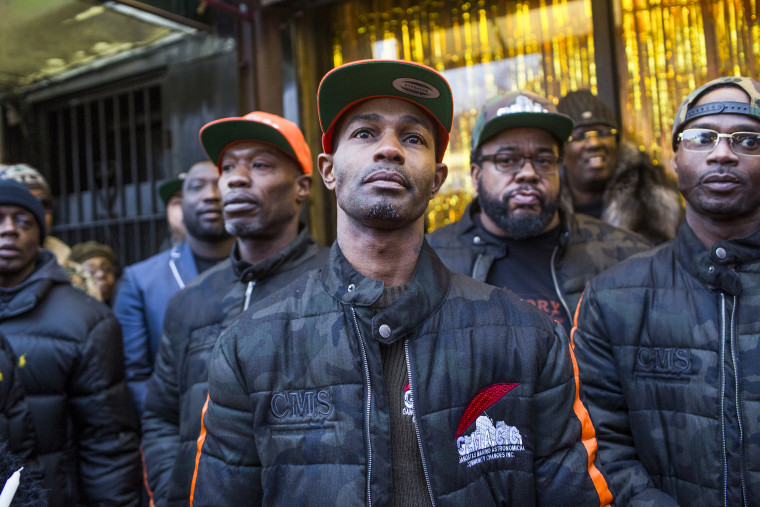
Dr. Debra Houry, the CDC’s acting principal deputy director, said violence interrupters "have shown promising results for multiple outcomes, including firearm violence, by identifying and mediating potentially lethal conflicts in the community and following up to ensure that conflicts do not escalate.”
But while hopes are high for the model as one avenue to help stem violence, those who work with such organizations say there is still a lack infrastructure for workers to succeed — including inconsistent or disparate funding and high rates of burnout — causing most to leave the profession after about five years.
For nearly a decade, Ira Henry and a group of six violence interrupters called Operation Good, paid entirely by donations, have been defusing gunfire in South Jackson, Mississippi.
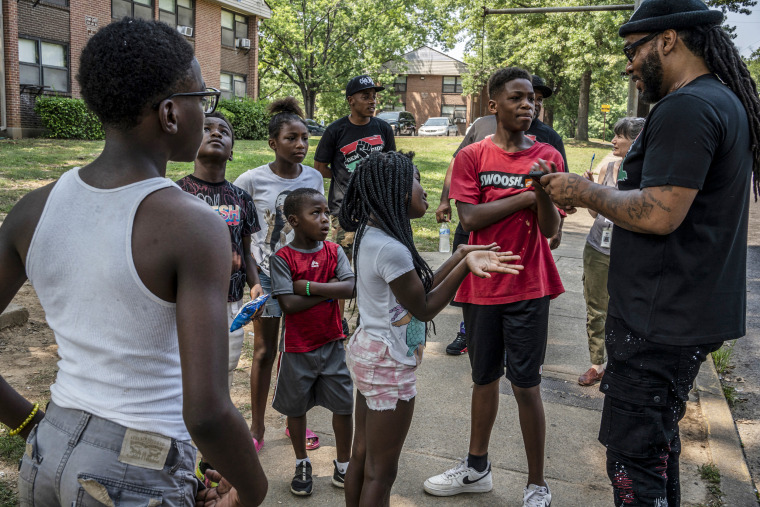
“It’s a calling, a purpose and a redemption for me, but it does take a toll,” Henry, 41, said as sirens wailed in the background. But it’s a demanding and time-consuming job that caused him to miss family reunions and milestones in his two kids’ lives.
“We can’t stop even for a day, because people count on us,” he said. “They call us for help all the time.” And the modest paycheck leaves little left for mental health services or time off to cope with the stress of the job.
While many groups are getting huge government investments, disbursement of the funds hasn’t been uniform, and smaller, more grassroots groups, like Henry’s, have been left to their own devices, said Howard Henderson, a nonresident senior fellow of governance at the Brookings Institution, a nonprofit public policy organization in Washington, D.C.
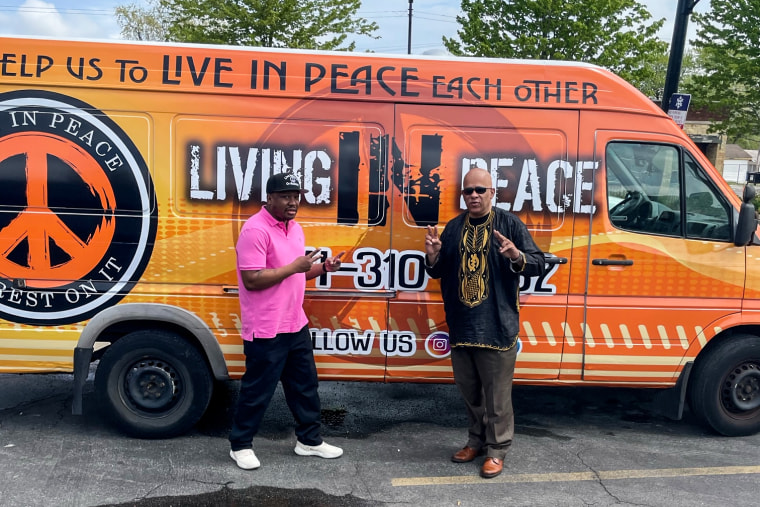
On top of consistent salaries, violence interruption organizations need structured and intentional funding for mental health resources and workplace training, he said, with health and retirement benefits.
“They need everything that a police department would need, because they’re also fighting crime,” he said.
The efficacy of the model has been called into question, and some research has said that the “approach is difficult to evaluate” and that it has “promising but mixed” outcomes in different cities with respect to gun violence. But Henderson noted that the comparisons aren’t “apples to apples,” because there is no uniform approach to this kind of violence interruption.
After having spent 30 years going in and out of jail with the Black Disciple gang in Chicago, Rodney Phillips found violence interruption work as a way to help the people he still considered family to walk away from violence.
But being thrown into the work without stable funding and with trauma that was constant, Phillips ended up relapsing back into the gang before he came back out again. He is now a field coordinator with the Metropolitan Peace Academy, a program that trains violence interrupters in Chicago.
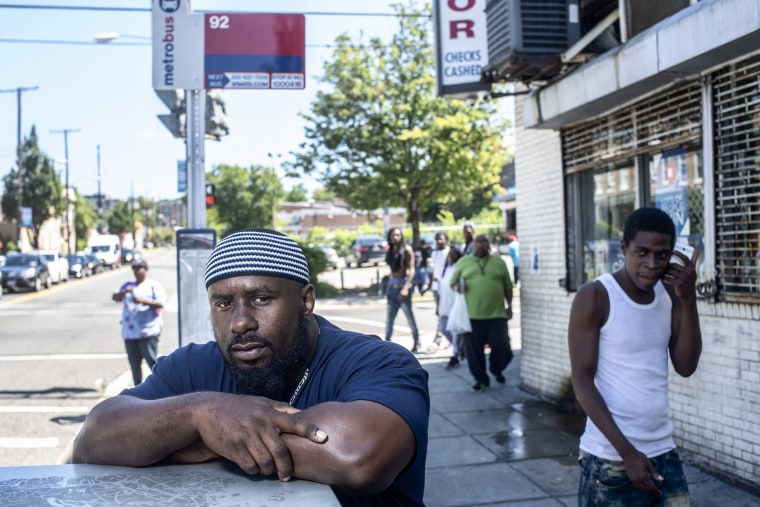
“You begin to put a lot of stress on yourself, the type of stress that leads to alcohol abuse, substance abuse, or if you lose someone that’s close to you, it could lead to you getting back on the street, because you may want to retaliate,” he said. “You have a whole lot of triggers, because you have to remember you’re not that far removed from that community.”
Despite the size of the organization, the workers all experience high rates of trauma and burnout that may not always be adequately addressed, said a report by the University of Illinois Chicago that examined trauma in street intervention work.
“Street intervention workers are first responders — frequently responding to homicide scenes, mediating conflicts, and attending funerals,” the report stated.
The principal investigator of the report, Kathryn Bocanegra, an assistant professor of social work at the University of Illinois Chicago, said the burnout experienced by outreach workers is distinct, arising from their shared histories with their clients.
“When a client is shot, killed or incarcerated, this adverse outcome is deeply internalized by outreach workers as a personal failure,” Bocanegra said. “Their work is often about a path of personal redemption and recovery, and they assume the tremendous burden of preventing others from making the same mistakes they did in the past.”
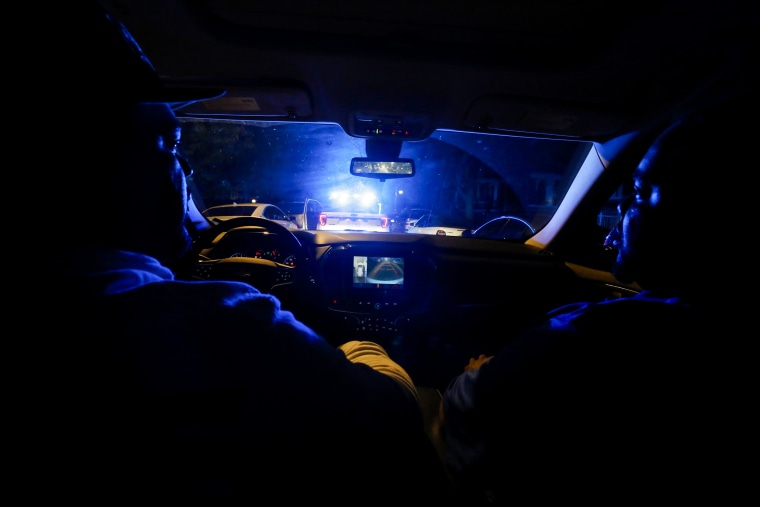
Bocanegra said that there needs to be a better framework to understand the traumatic experiences of the population and that “we have to think differently about how we support their trauma responses.” She said that street intervention work takes place in an environment of chronic exposure to violence and that outreach workers experience continuous traumatic stress.
While funding would be the most helpful for organizations to hire wellness coaches or outside therapists, there’s also definite benefit from standardizing how organizations talk about trauma, so it’s built into existing frameworks, she said.
Some programs have been fortunate enough to have ample funding, but the weight of the work is still daunting, so for many the career of an interrupter is usually no more than five years, said Tio Hardiman, the executive director of Violence Interrupters in Chicago.
Hardiman said his organization, which employed Phillips for several years, works to create a professional pipeline into other positions and jobs once interrupters are ready to move on. But while those in his group have had the ability to make the transition out, many still struggle.
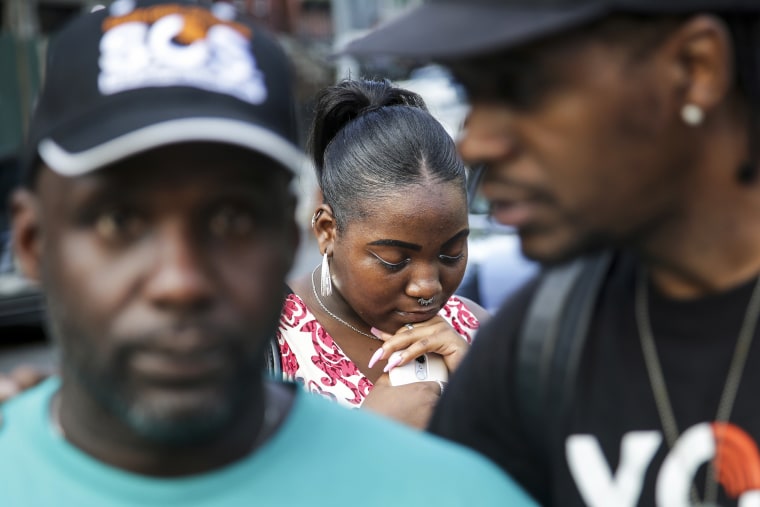
James Brodick, the director of community development and crime prevention for the Center of Court Innovation in New York City, works with several violence interrupters. He said workforce development is usually the last priority for many organizations, because they are constantly trying to put out the fire of gun violence that is immediately in front of them.
But as cities are investing more, there should be “more emphasis on job training to help interrupters create career trajectories to get them to the next level, which then opens up the door for the next group of violence interrupters,” he said.
“Your workforce becomes better as they advance in their careers, and you actually start to create what I believe is a really productive community workforce program that is solving a prominent public safety concern but also doing it in a way that doesn’t burn them out,” he said.
Brodick said that interrupters know how to interact with people and develop successful relationships and that those skill sets transcend violence interruption work. Interrupters are capable of succeeding as case managers and life coaches, and they can also succeed in office settings with the right preparation and training, he said.
“I think what happens is that people are put into boxes, and they have these ceilings on their career. And that’s really where we’re missing out on an incredible, talented group of people who can do a lot more than just the violence interruption work that they do.”